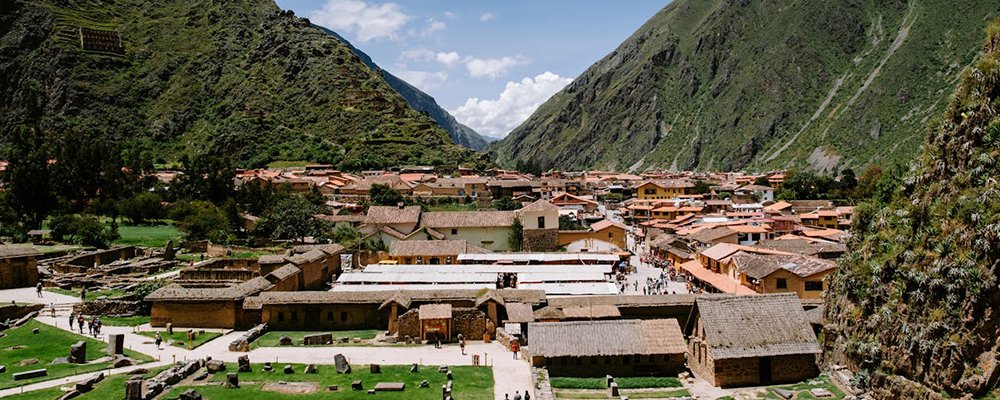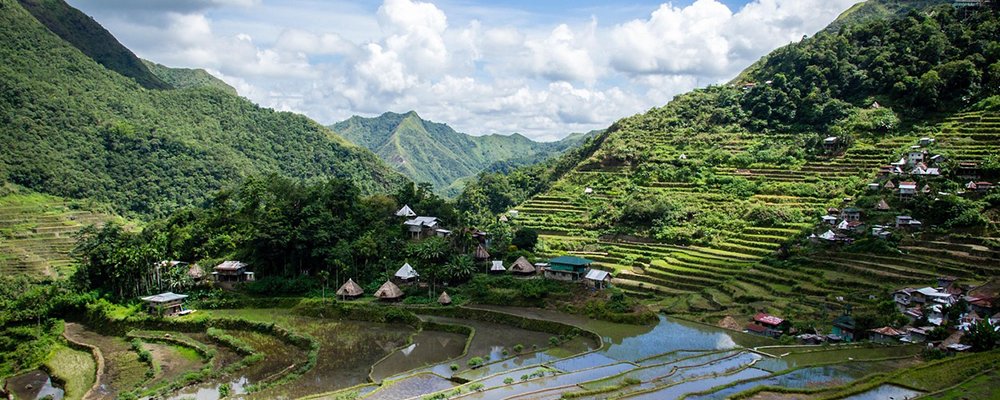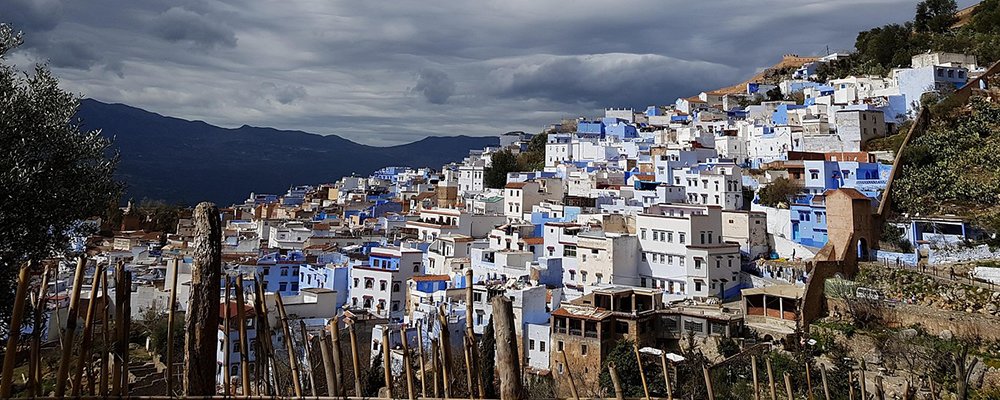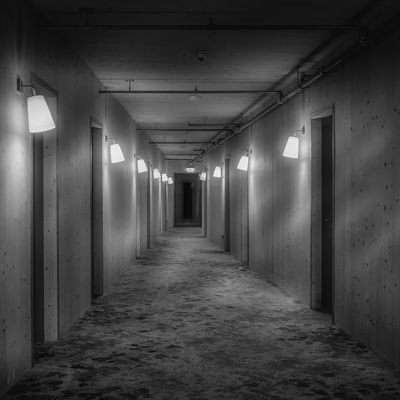If you hanker for a slower, more peaceful experience during your travels, the world’s top 50 most beautiful villages to visit in 2025 have been revealed.
Nations have many off-the-beaten locations that rarely get into the global public eye and remain happily in the backwaters of most people’s minds, except for locals. However, the Unforgettable Travel Company, a leading boutique destination provider, has shone a light on the best villages to experience. Here’s a selection from the list, extensively covered by Forbes:
Arang Kel, Pakistan
Overshadowed by snow-capped peaks, Arang Kel sits above the Neelum River, its wooden cottages scattered across meadows thick with Himalayan blue poppies. A chairlift between Kel and the village offers sweeping views of pine forests and streams. As the smell of woodsmoke drifts from kitchens preparing chapli kebabs, sit out on an evening and watch the stars.
Ollantaytambo, Peru
In the Sacred Valley’s golden cradle, Ollantaytambo pulses with ancient breath. Inca terraces climb the mountainside like petrified waves while the ceremonial fortress, etched with sun temples and water channels, casts shadows over cobbled alleys. Locals sell maracuya and woven alpaca shawls beside stone homes built atop Inca foundations as panoramic trains rumble toward Machu Picchu.

Ortahisar, Turkey
Beneath a basalt sky streaked with apricot and ash, Ortahisar rises from the Cappadocian earth like a forgotten monolith, its ancient citadel carved with caves, dovecotes, and mazy tunnels. Stone alleys wind past apricot stalls and rose-scented tea gardens shaded by fig trees where locals trade stories over tulip-shaped glasses.
Chamarel, Mauritius
Spilling across the volcanic hills of southwest Mauritius, Chamarel stuns with its terrain under a tropical sun like a living canvas. The nearby Chamarel Waterfall plunges into a forested gorge, its mist mingling with the scent of wild ginger and ripe guava. At Rhumerie de Chamarel, copper stills gleam as sugarcane becomes spiced rum, sipped slowly on breezy verandas.
Shirakawa-go, Japan
Shirakawa-go in Gifu is popular for its steep-roofed farmhouses designed to withstand heavy snowfall. Remarkably, the farmhouses were constructed without the use of nails, primarily utilising natural materials like wood and straw. Many date back to the early 1800s and have stood the test of time. Several now serve as museums or guesthouses for visitors at this UNESCO World Heritage Site.
Batad, Philippines
Another UNESCO World Heritage Site, Batad, is a village surrounded by rice terraces carved into the mountains over 2,000 years ago. Visitors explore on foot along stone paths past traditional wooden houses. Trekking to nearby waterfalls is also popular.

Cam Thanh, Vietnam
A riverside village near Hoi An, surrounded by coconut forests, is best explored by taking a ride in round basket boats. The village offers cooking classes where visitors can learn to make Vietnamese dishes using fresh herbs and seafood, and experience everyday village life.
Ban Rak Thai, Thailand
In northern Thailand near the Myanmar border, Chinese settlers founded the village, and their influence is still seen in the local cuisine, tea plantations, and architecture. Surrounded by hills and tea gardens, the village is also known for its beautiful lake.
Sidi Bou Said, Tunisia
Just beyond the bustle of Tunis, Sidi Bou Said unfolds like a Mediterranean reverie: whitewashed villas, famed blue doors and jasmine vines spilling from balconies. Meanwhile, at Café des Délices, mint tea is served with sweeping views of the gulf, as bambalouni fry to golden perfection beside the hum of music drifting from Dar Ennejma Ezzahra’s tiled courtyards.
Chefchaouen, Morocco
In every shade of blue, Chefchaouen spills across the craggy Rif Mountains like a dream, its medina a labyrinth of indigo alleyways. In Plaza Uta El-Hammam, mint tea steams beside tagines bubbling with saffron and apricots, while the 15th-century Kasbah houses an Andalusian garden and ethnographic museum.

Oia, Greece
On the northern tip of Santorini, Oia offers bougainvillea-draped balconies and whitewashed cliffside homes carved into the caldera like sugar cubes toward the Aegean. By day, bohemian art galleries and chic boutiques beckon with hand-thrown ceramics and billowing kaftans. At dusk, sun-chasing crowds gather at the ruined Venetian castle as the sky ignites.
 Andy Probert is an independent journalist who writes about global travel news, airlines, airports, and business. His work has appeared globally on the BBC, and in many national newspapers and magazines.
Andy Probert is an independent journalist who writes about global travel news, airlines, airports, and business. His work has appeared globally on the BBC, and in many national newspapers and magazines.















